Home>diy>Architecture & Design>How To Design A Modern Rental House
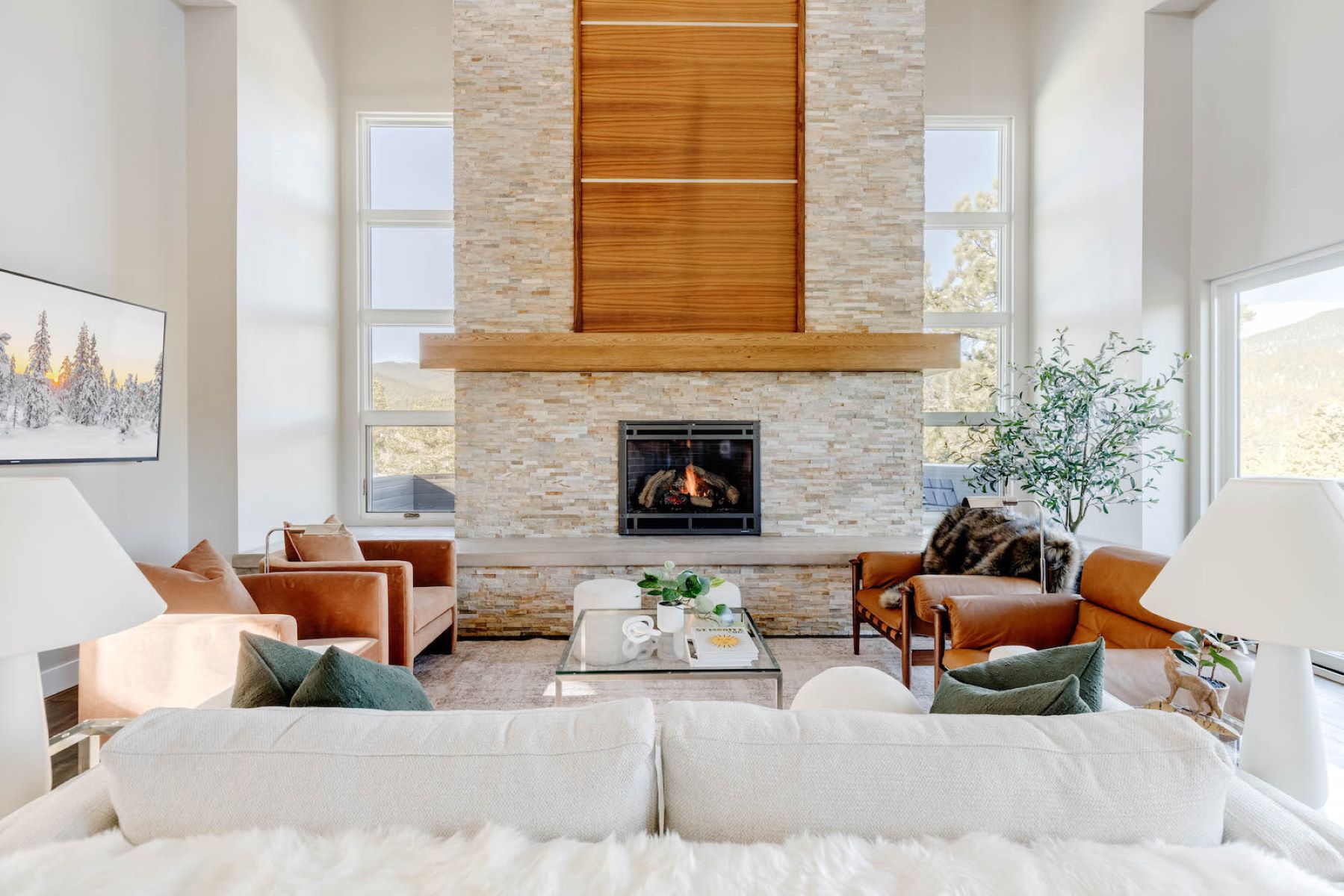

Architecture & Design
How To Design A Modern Rental House
Modified: February 22, 2024
Learn how to design a modern rental house with expert architecture design tips. Create a stylish and functional space that attracts tenants.
(Many of the links in this article redirect to a specific reviewed product. Your purchase of these products through affiliate links helps to generate commission for Storables.com, at no extra cost. Learn more)
Introduction
Welcome to the world of modern rental house design! In recent years, the demand for well-designed and functional rental properties has been on the rise. As more people opt to rent instead of buying their own homes, it is crucial for property owners and developers to create spaces that cater to the needs and desires of the modern renter.
Designing a modern rental house involves careful planning, attention to detail, and the incorporation of contemporary design elements. From the layout to the materials used, every aspect plays a vital role in creating a desirable and comfortable living space.
In this article, we will explore the key elements of designing a modern rental house that stands out from the rest. We will delve into topics such as maximizing space and functionality, incorporating modern design elements, choosing the right materials, considering energy efficiency, creating an outdoor oasis, selecting stylish and functional furniture, incorporating smart home technology, and adding personal touches.
Whether you are a property owner, developer, or simply someone interested in the world of architecture and design, this article will provide valuable insights and tips to help you create a modern and desirable rental property.
So let’s dive in and discover the exciting world of modern rental house design!
Key Takeaways:
- Designing a modern rental house involves careful planning, incorporating modern design elements, and choosing the right materials to create a desirable and comfortable living space for tenants.
- By considering energy efficiency, creating an outdoor oasis, and adding personal touches, you can enhance the overall appeal and livability of your rental property, attracting tenants and providing them with a welcoming home.
Read more: How To Design A Modern House
Planning the Layout
One of the first steps in designing a modern rental house is planning the layout. The layout of the house sets the foundation for the overall functionality and flow of the space. It is essential to create a layout that maximizes the available space while considering the needs and preferences of potential renters.
Start by analyzing the available space and determining the number of rooms needed. Consider factors such as the target market, location, and rental market trends. For example, if the rental house is located in a popular urban area, a layout with open living spaces and multiple bedrooms might be more desirable.
Next, focus on creating a seamless flow between the different areas of the house. Ensure that there is easy access and movement between the living room, kitchen, bedrooms, and bathrooms. Ideally, the layout should encourage natural light and ventilation, as these factors play a vital role in creating a comfortable and inviting atmosphere.
Consider the needs of potential renters when designing the layout. For instance, if the target market includes families or professionals who work from home, you might want to include a dedicated office space or a play area for children.
Another crucial aspect of the layout is storage. Renters appreciate ample storage space to keep their belongings organized and out of sight. Incorporate built-in closets, shelves, and cabinets to maximize storage opportunities without compromising on the overall design aesthetic.
Lastly, don’t forget to prioritize privacy. Each bedroom should have its own designated space and access to a bathroom or an en-suite. If the rental house is a multi-story property, consider placing the bedrooms on separate floors to ensure privacy and minimize noise disturbances.
By carefully planning the layout, you can create a functional and inviting living space that caters to the needs and preferences of potential renters. Take your time to analyze the available space, target market, and consider factors such as flow, natural light, storage, and privacy. A thoughtfully designed layout sets the stage for a successful modern rental house.
Maximizing Space and Functionality
When it comes to designing a modern rental house, maximizing space and functionality is key. Renters are often looking for practical and efficient living spaces that make the most out of every square foot. Here are some tips to help you achieve this:
1. Open Floor Plans: Consider incorporating open floor plans in common areas like the living room, dining area, and kitchen. This not only creates a sense of spaciousness but also allows for better flow and interaction between different areas. Removing unnecessary walls can open up the space and make it feel larger.
2. Clever Storage Solutions: Incorporate smart and efficient storage solutions throughout the rental house. Utilize under-bed storage, built-in shelves, and cabinets to maximize storage space, keeping the living areas clutter-free. Consider multifunctional furniture pieces, such as ottomans with hidden storage compartments.
3. Dual-Purpose Rooms: Design rooms that serve multiple functions. For example, a home office can double as a guest room with a pull-out sofa bed. A dining area can also function as a workspace when not in use. By making rooms adaptable, you can optimize the use of space without sacrificing functionality.
4. Smart Furniture Placement: Place furniture strategically to create an illusion of more space. Avoid blocking pathways and ensure that there is enough room for comfortable movement. Incorporate furniture with sleek profiles and light colors to maintain an airy feel.
5. Natural Light: Maximize natural light by using large windows, skylights, and glass doors. Natural light can make a space feel brighter, more inviting, and more spacious. Consider using window treatments that allow for privacy without blocking out too much light.
6. Multi-Functional Outdoor Spaces: Extend the living space by creating functional outdoor areas. Design a patio or deck that can accommodate seating and dining areas, allowing renters to enjoy the outdoors and entertain guests. Utilize vertical gardening techniques to add greenery without taking up too much space.
7. Proper Room Layout: Pay attention to the arrangement of furniture and the flow of each room. Place furniture in a way that maximizes open space and allows for easy movement. Avoid overcrowding and ensure that each room has a designated purpose.
By implementing these strategies, you can optimize the use of space and enhance the overall functionality of the rental house. Remember, renters value practicality and efficiency, so creating a space that maximizes both will attract potential tenants and make their living experience more enjoyable.
Incorporating Modern Design Elements
When designing a modern rental house, it is essential to incorporate contemporary design elements that give the space a fresh and appealing look. Here are some ideas to help you infuse modernity into your rental house:
1. Clean Lines: In modern design, clean and straight lines are key. Incorporate furniture, fixtures, and architectural elements that have sleek and minimalistic designs. Avoid ornate or overly embellished pieces that can make the space feel cluttered.
2. Neutral Color Palette: Opt for a neutral color palette with a few pops of bold colors. Whites, grays, and earth tones work well in modern design, creating a sense of sophistication and simplicity. Add touches of bold colors through artwork, accent furniture, or accessories to give the space a modern and lively feel.
3. Minimalistic Furniture: Select furniture with clean lines and simple silhouettes. Choose pieces that have a streamlined design and are functional in nature. Avoid bulky furniture that takes up too much space or distracts from the overall aesthetic.
4. Statement Lighting: Incorporate unique and eye-catching light fixtures that act as focal points in the space. Pendant lights, track lighting, or modern chandeliers can add a touch of elegance and drama to the rental house.
5. Use of Textures: Add depth and visual interest by incorporating different textures in the design. Use materials such as smooth glass, sleek metals, warm woods, and textured fabrics. Mixing textures can create a visually stimulating environment.
6. Open Shelving: Displaying belongings can be an integral part of modern design. Consider incorporating open shelving or floating shelves to showcase decorative items, books, or artwork. This not only adds personality to the space but also creates visually appealing focal points.
7. Sustainable Materials: Embrace sustainability by using eco-friendly and sustainable materials in the design. Opt for recycled or reclaimed materials for flooring, countertops, and furniture. Not only does this promote environmental consciousness, but it also adds a unique character to the rental house.
8. Innovative Technology: Incorporate modern technology to enhance the rental experience. Install smart home systems that allow renters to control lighting, temperature, and security features with ease. This not only adds convenience but also showcases the modernity of the rental house.
By incorporating these modern design elements, you can create a contemporary and visually appealing rental house that attracts potential tenants. Remember to strike a balance between modern aesthetics and functionality to ensure a comfortable and inviting living space.
Choosing the Right Materials
When designing a modern rental house, selecting the right materials is crucial as it enhances the overall aesthetic appeal and durability of the space. Here are some considerations to keep in mind when choosing materials for your rental house:
1. Flooring: Opt for durable and low-maintenance flooring materials such as hardwood, engineered wood, or laminate. These materials are not only visually pleasing but also withstand heavy foot traffic, making them ideal for rental properties. Additionally, consider using tiles or luxury vinyl planks for areas prone to moisture, such as bathrooms and kitchens.
2. Countertops: Choose durable and stain-resistant materials for countertops, such as quartz or granite. Both materials offer a sleek and modern look while being highly durable and easy to maintain. These surfaces can withstand daily wear and tear, making them an excellent choice for a rental house.
3. Cabinets and Storage: Select materials for cabinets and storage that are not only aesthetically pleasing but also sturdy and resistant to wear. High-quality materials like solid wood or plywood with a durable finish will ensure longevity and minimize the risk of damage from repeated use.
4. Bathroom Fixtures: Choose modern and sleek fixtures for the bathroom, such as chrome or brushed nickel faucets and showerheads. These materials not only offer a contemporary look but also have the advantage of being easy to clean and maintain.
5. Paint: Select neutral and modern colors for the walls to create a timeless and versatile backdrop. Light colors like whites, grays, and beiges work well in modern design, providing a clean and fresh aesthetic. Consider using low-VOC or eco-friendly paint to promote a healthy living environment for tenants.
6. Window Treatments: Use materials for window treatments that offer both privacy and light control. Consider using blinds or shades made from materials like bamboo or sheer fabrics for a modern and airy feel. These materials also provide flexibility in adjusting the amount of natural light entering the space.
7. Hardware and Accessories: Pay attention to the materials of the hardware and accessories used throughout the rental house. Choose materials like stainless steel or matte black for door handles, cabinet pulls, and light fixtures to add a modern and cohesive touch to the overall design.
When selecting materials for a modern rental house, it is important to strike a balance between aesthetic appeal and durability. Choose materials that are visually pleasing, low-maintenance, and capable of withstanding the demands of frequent use. By choosing the right materials, you can create a modern and long-lasting living space for tenants to enjoy.
Read more: How To Make A Stucco House Look Modern
Considering Energy Efficiency
Energy efficiency is a crucial aspect to consider when designing a modern rental house. Not only does it help reduce the environmental impact, but it also enhances the overall comfort and cost-effectiveness of the space. Here are some strategies to consider for maximizing energy efficiency:
1. Insulation: Proper insulation plays a vital role in maintaining a comfortable indoor temperature and reducing energy consumption. Use high-quality insulation materials in the walls, ceilings, and floors to minimize heat loss during winter and heat gain during summer, thereby reducing the need for excessive heating or cooling.
2. Energy-Efficient Windows: Install energy-efficient windows with low-E coatings and double or triple glazing. These windows provide better insulation, reduce heat transfer, and prevent drafts, resulting in improved energy efficiency and enhanced comfort for tenants.
3. LED Lighting: Use energy-efficient LED lighting throughout the rental house. LED bulbs consume significantly less energy, have a longer lifespan, and emit less heat compared to traditional incandescent bulbs. Consider using motion sensors or timers to control lighting, ensuring that lights are only on when needed.
4. Energy-Efficient Appliances: Select appliances with high energy-efficiency ratings, such as ENERGY STAR certified refrigerators, washers, dryers, and dishwashers. These appliances are designed to consume less energy, resulting in lower utility bills for tenants.
5. Programmable Thermostats: Install programmable thermostats that allow tenants to set specific temperature schedules based on their daily routines. This helps optimize energy usage by automatically adjusting the temperature when tenants are away or asleep.
6. Renewable Energy Sources: Consider incorporating renewable energy sources, such as solar panels or wind turbines, to generate clean power for the rental house. This not only reduces dependency on fossil fuels but also offers potential energy savings in the long run.
7. Water Efficiency: Implement water-saving fixtures like low-flow toilets, showerheads, and faucets to minimize water consumption. Encourage tenants to develop eco-friendly habits, such as shorter showers and efficient use of water resources.
8. Smart Home Technology: Utilize smart home technology to monitor and optimize energy usage. Automated systems can control lighting, heating, and cooling systems, ensuring efficient energy management even when tenants are away.
By considering and implementing these energy-efficient strategies, you can create a modern rental house that not only benefits the environment, but also attracts eco-conscious tenants and reduces operating costs. Investing in energy-efficient design and technologies is a win-win solution for both the planet and the bottom line.
When designing a modern rental house, focus on open floor plans, natural light, and functional, low-maintenance materials to appeal to potential tenants. Consider incorporating energy-efficient features to attract environmentally conscious renters.
Creating an Outdoor Oasis
When designing a modern rental house, don’t overlook the potential of creating an outdoor oasis. A well-designed outdoor space not only increases the desirability of the rental property but also allows tenants to relax, entertain, and connect with nature. Here are some ideas to help you create an inviting outdoor oasis:
1. Landscaping: Start by carefully planning and designing the landscaping of the outdoor area. Incorporate a mix of lush greenery, flowering plants, and trees to create a visually appealing and tranquil environment. Use hardscaping elements such as pathways, pergolas, or decks to enhance the overall design.
2. Seating Areas: Provide comfortable seating areas where tenants can relax, read, or socialize outdoors. Include a mix of furniture pieces, such as lounge chairs, outdoor sofas, and dining sets. Opt for weather-resistant materials, like rattan or aluminum, that can withstand exposure to the elements.
3. Outdoor Dining: Designate a space for outdoor dining to encourage tenants to enjoy meals al fresco. Install a patio or deck with a dining table and chairs, or include a built-in barbecue area for outdoor cooking and entertaining. Consider adding shade options, such as umbrellas or pergolas, to provide relief from the sun.
4. Water Features: Incorporate water features, such as a fountain or a small pond, to create a soothing and calming atmosphere. The sound of water can help mask noises from the surroundings and add a peaceful ambiance to the outdoor space.
5. Lighting: Install outdoor lighting to extend the usability of the outdoor space during evenings and create an inviting atmosphere. Use a combination of overhead lighting, pathway lights, and accent lights to highlight key features and ensure safety.
6. Outdoor Entertainment: Consider incorporating elements of outdoor entertainment, such as a fire pit, a projector screen for outdoor movie nights, or a built-in sound system. These additions can elevate the outdoor experience and make the rental property more appealing to potential tenants.
7. Privacy: Create a sense of privacy in the outdoor space by using strategically placed screens, hedges, or fences. Tenants will appreciate having a private outdoor retreat where they can relax and unwind without feeling exposed to neighbors or passersby.
8. Sustainable Practices: Incorporate sustainable practices in the outdoor design, such as using drought-tolerant plants, installing irrigation systems with rain sensors, or using permeable surfaces for hardscaping. These practices not only conserve water but also promote a more eco-friendly outdoor environment.
By investing in the design and creation of an outdoor oasis, you can enhance the overall appeal and livability of your rental property. An inviting and well-designed outdoor space will not only attract potential tenants but also provide them with a serene and enjoyable place to spend their leisure time.
Selecting Stylish and Functional Furniture
When designing a modern rental house, selecting stylish and functional furniture is paramount. The right furniture can transform a space, making it more inviting, comfortable, and visually appealing. Here are some tips for choosing furniture that strikes the perfect balance between style and functionality:
1. Consider the Style: Choose furniture that complements the overall design style of the rental house. Whether it’s contemporary, mid-century modern, Scandinavian, or minimalist, ensure that the furniture you select aligns with the aesthetic you want to achieve.
2. Opt for Quality Materials: Invest in furniture made from quality materials that are durable and long-lasting. Look for pieces constructed from solid wood, metal, or high-quality upholstery fabrics. This not only ensures the longevity of the furniture but also adds a sense of luxury and durability to the space.
3. Prioritize Comfort: Comfort should be a key consideration when selecting furniture for a rental house. Opt for supportive and well-padded seating options, such as sofas and armchairs with high-quality foam cushions. Provide ergonomic seating for office spaces or dining areas to enhance the comfort of tenants.
4. Multipurpose and Modular Furniture: Maximize the functionality of the rental house by incorporating multipurpose and modular furniture. Look for pieces that serve multiple functions, such as storage ottomans, sofa beds, or extendable dining tables. These versatile pieces are ideal for small spaces and can adapt to different needs.
5. Size and Scale: Consider the size and scale of the furniture to ensure it fits well within the space. Overly large or bulky furniture can make a room feel cramped, while furniture that is too small may appear out of proportion.
6. Neutral Colors with Pops of Color: Opt for furniture in neutral colors, such as whites, grays, or browns, as they provide a timeless and versatile backdrop. Introduce pops of color through accent chairs, throw pillows, or rugs to add visual interest and personality to the space.
7. Functionality in Storage: Incorporate furniture with built-in storage solutions to optimize space and keep the rental house organized. Look for coffee tables with hidden drawers, bed frames with under-bed storage, or shelving units with compartments for clutter-free living.
8. Easy to Clean and Maintain: Select furniture that is easy to clean and maintain. Consider materials that are stain-resistant or have removable and washable covers for easy upkeep. This ensures that the rental house stays presentable and manageable for both tenants and property owners.
By carefully selecting stylish and functional furniture, you can enhance the overall appeal and livability of the rental house. Create a comfortable and visually pleasing space that tenants will appreciate and feel at home in.
Incorporating Smart Home Technology
In today’s digital age, incorporating smart home technology in rental houses has become increasingly popular. Smart home technology not only adds convenience and efficiency but also enhances the overall living experience for tenants. Here are some ways to incorporate smart home technology into your rental property:
1. Intelligent Lighting: Install smart lighting systems that allow tenants to control lights remotely or set schedules. This feature not only adds convenience but also helps save energy by ensuring lights are only on when needed. Voice-activated lighting systems, such as those compatible with virtual assistants like Amazon Alexa or Google Assistant, add an extra level of convenience.
2. Smart Thermostats: Replace traditional thermostats with smart thermostats that can be controlled remotely or programmed to adjust temperatures automatically. Smart thermostats help optimize energy usage, resulting in cost savings for tenants and reduced environmental impact.
3. Security Systems: Install smart security systems that include features such as video doorbells, surveillance cameras, and smart locks. These systems provide peace of mind to tenants by allowing them to monitor their homes remotely and control access to the property.
4. Automated Window Coverings: Incorporate smart window coverings, such as motorized blinds or shades, which can be controlled via a smartphone or programmed to open and close at specific times. These automated features enhance convenience and energy efficiency, as tenants can regulate natural light and privacy levels with ease.
5. Voice-Activated Assistants: Integrate voice-activated virtual assistants, such as Amazon Echo or Google Home, into the rental house. These devices can answer questions, control smart devices, play music, and perform various tasks through voice commands.
6. Smart Appliances: Upgrade kitchen and laundry appliances to smart devices that can be controlled remotely or through smartphone apps. Smart refrigerators, dishwashers, washers, and dryers offer features like energy efficiency, remote monitoring, and personalized settings.
7. Energy Monitoring Systems: Install energy monitoring systems that provide real-time data on electricity usage. This allows tenants to track their energy consumption, identify areas for improvement, and make informed decisions to reduce their energy footprint.
8. Automated Home Entertainment: Create a modern entertainment experience by incorporating smart TVs, sound systems, and streaming devices. Tenants can easily stream their favorite shows and movies, control audio settings, and create personalized entertainment experiences.
By incorporating smart home technology, you can attract tech-savvy tenants and provide them with a modern and convenient living experience. Additionally, the energy efficiency and security features of smart homes appeal to a wide range of renters. Keep in mind that it’s essential to provide clear instructions and support for tenants to ensure they can fully utilize and enjoy these smart features.
Read more: How To Make A Brick House Look Modern
Adding Personal Touches
While designing a modern rental house, it’s essential to create a space that feels warm, inviting, and personal. Adding personal touches to the rental house not only enhances its uniqueness but also allows tenants to feel like it’s their home. Here are some ideas to help you add personal touches to the rental property:
1. Artwork and Decor: Encourage tenants to personalize their living space by allowing them to hang artwork or display personal decor items. Consider providing a neutral backdrop that complements various styles of artwork and gives tenants the freedom to express their personal taste.
2. Customizable Storage Solutions: Provide modular storage units or shelves that tenants can customize to their needs and preferences. This allows them to display personal items such as books, photos, or memorabilia, adding a personal touch to the space.
3. Collaboration with Tenants: Involve tenants in the design process by seeking their input and suggestions for the interior decor. This collaborative approach makes them feel valued and engaged, and allows them to contribute to the personalization of their living space.
4. Welcoming Entryway: Create an inviting entryway by incorporating personalized touches. Use a welcome mat, place potted plants or flowers, and add a small table or bench where tenants can place their belongings or take a moment to gather themselves upon entering.
5. Information and Welcome Pack: Prepare an information pack or welcome folder that provides tenants with useful information about the local area, amenities, and any special features of the rental property. This personal touch helps tenants feel more at home and connected to the community.
6. Thoughtful Amenities: Consider adding thoughtful amenities that enhance the comfort and convenience of tenants. This could include items like a welcome basket with essential supplies, a selection of books or magazines, or a curated list of local recommendations for dining, shopping, and entertainment.
7. Accent Pillows and Throws: Provide accent pillows and throws in different textures and colors to add a cozy and personalized touch to the space. Tenants can layer these accessories on sofas, chairs, or beds to create a welcoming and personalized atmosphere.
8. Customizable Wall Space: Ensure there is wall space available for tenants to hang photos, artwork, or personal mementos. Consider using removable wall hooks or adhesive strips to allow tenants to easily decorate their space without causing damage to the walls.
By adding personal touches to the rental house, you not only create a stronger connection between tenants and their living space but also increase their sense of belonging. These personalization efforts show tenants that you care about their comfort and well-being, ultimately leading to a positive and enjoyable rental experience.
Conclusion
Designing a modern rental house involves careful consideration of various elements to create a desirable and comfortable living space for tenants. From planning the layout and maximizing space to incorporating modern design elements and choosing the right materials, every decision plays a vital role in creating a rental property that stands out from the rest.
By planning the layout effectively, you can create a functional and well-organized space that maximizes the available area and caters to the needs of tenants. Incorporating modern design elements, such as clean lines, neutral colors, and innovative fixtures, adds a contemporary touch that appeals to the modern renter.
Choosing the right materials ensures not only durability but also enhances the overall aesthetic appeal of the rental house. From flooring to countertops, selecting quality materials that are both visually pleasing and low-maintenance is key to creating a long-lasting and attractive space.
Considering energy efficiency is essential in today’s environmentally conscious world. From insulation and energy-efficient windows to smart home technology and sustainable practices, incorporating energy-saving features benefits both tenants and the planet.
Creating an outdoor oasis provides tenants with a serene and inviting space to relax, entertain, and connect with nature. By incorporating landscaping, comfortable seating, lighting, and outdoor amenities, you can transform an outdoor area into a desirable extension of the living space.
Choosing stylish and functional furniture enhances the comfort and appeal of the rental house. From thoughtful seating arrangements to multipurpose and modular furniture, selecting pieces that strike a balance between style and functionality is key to creating a welcoming and practical living environment.
Incorporating smart home technology adds convenience, efficiency, and modernity to the rental house. From lighting and thermostats to security systems and entertainment features, incorporating smart devices enhances the overall living experience for tenants.
Adding personal touches allows tenants to feel a sense of ownership and connection to their living space. By allowing tenants to personalize their space with artwork, decor, and customizable storage, you create a homey environment that fosters a sense of belonging.
In conclusion, designing a modern rental house requires thoughtful consideration of layout, materials, energy efficiency, outdoor spaces, furniture, technology, and personalization. By taking these factors into account, you can create a rental property that not only attracts tenants but also provides them with a comfortable, functional, and enjoyable place to call home.
Frequently Asked Questions about How To Design A Modern Rental House
Was this page helpful?
At Storables.com, we guarantee accurate and reliable information. Our content, validated by Expert Board Contributors, is crafted following stringent Editorial Policies. We're committed to providing you with well-researched, expert-backed insights for all your informational needs.
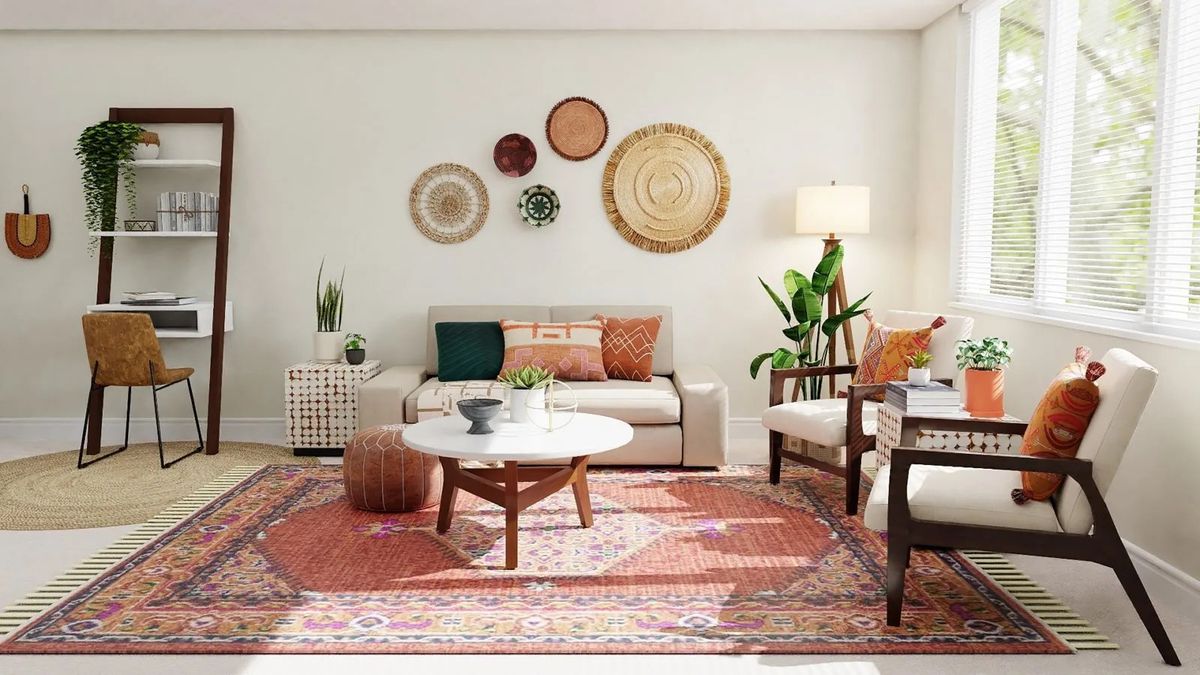
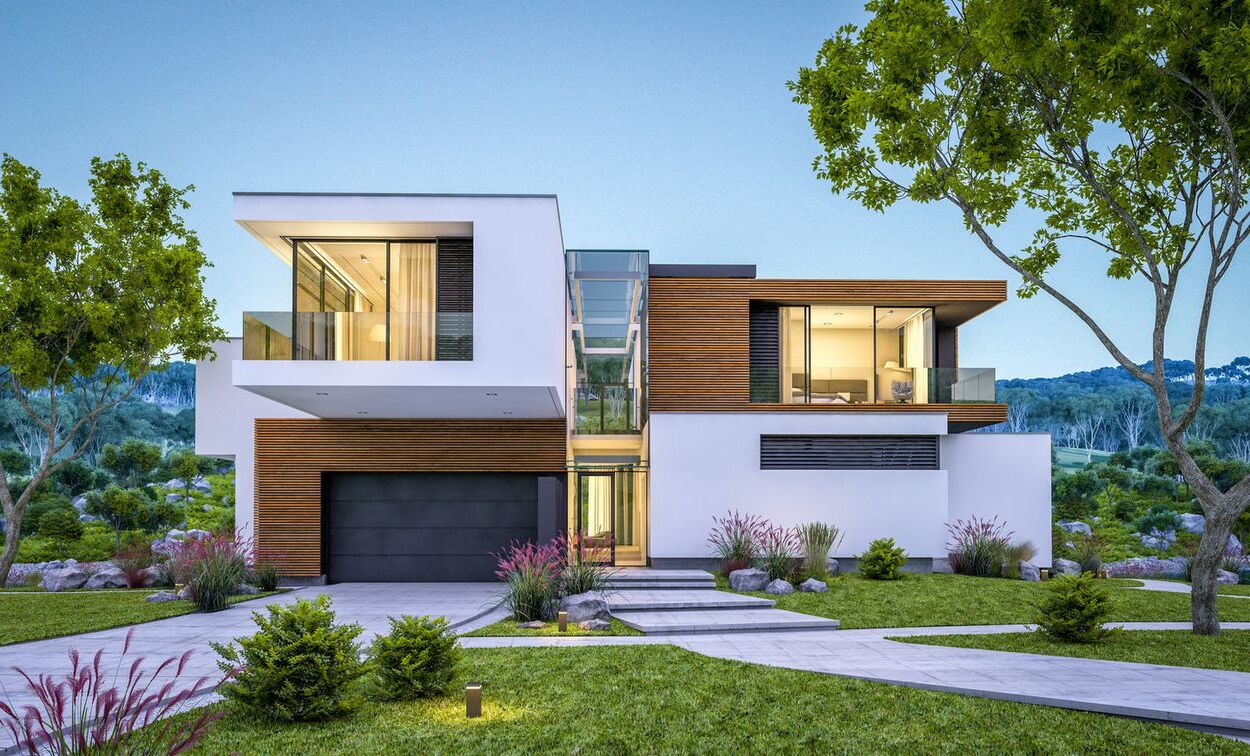
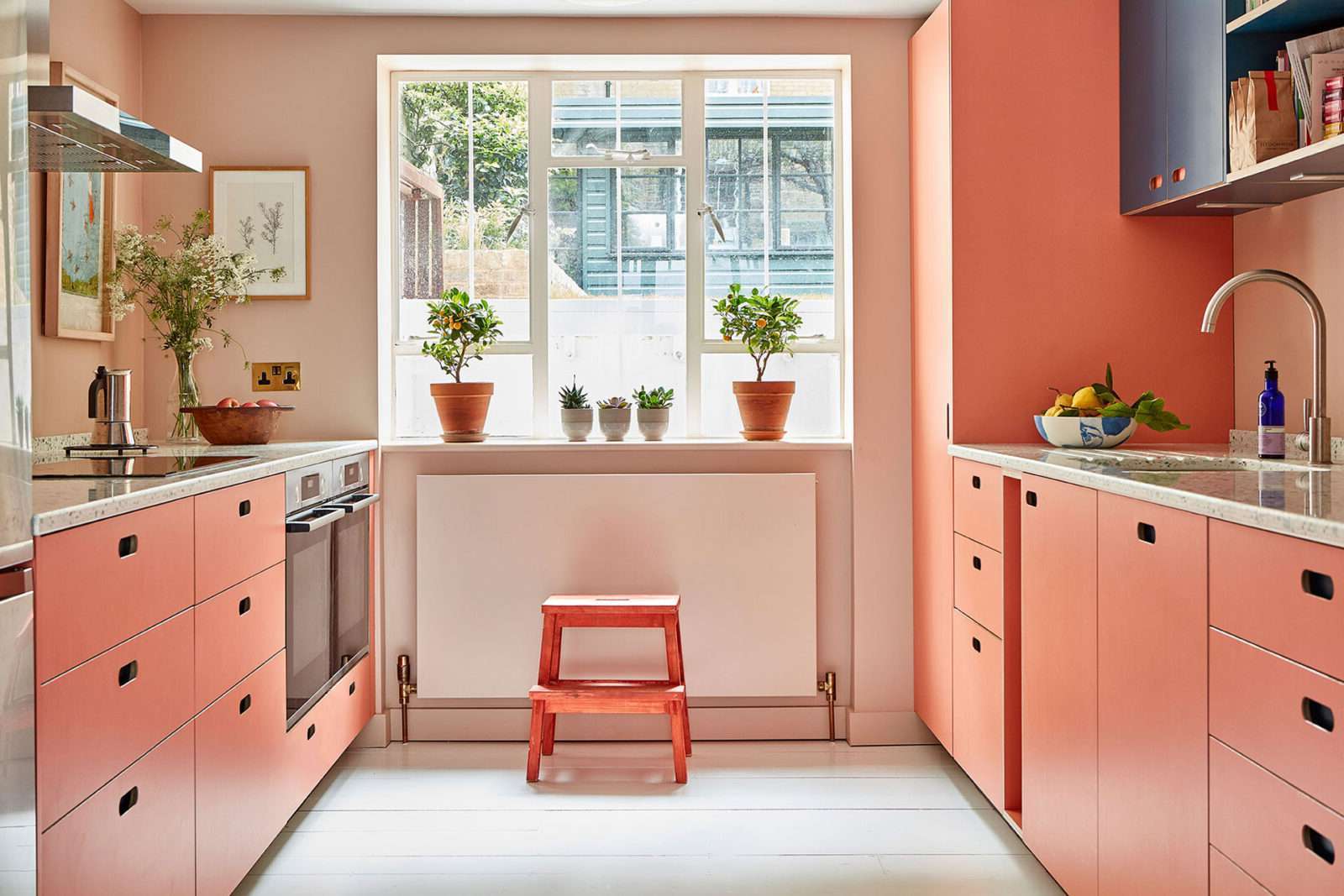
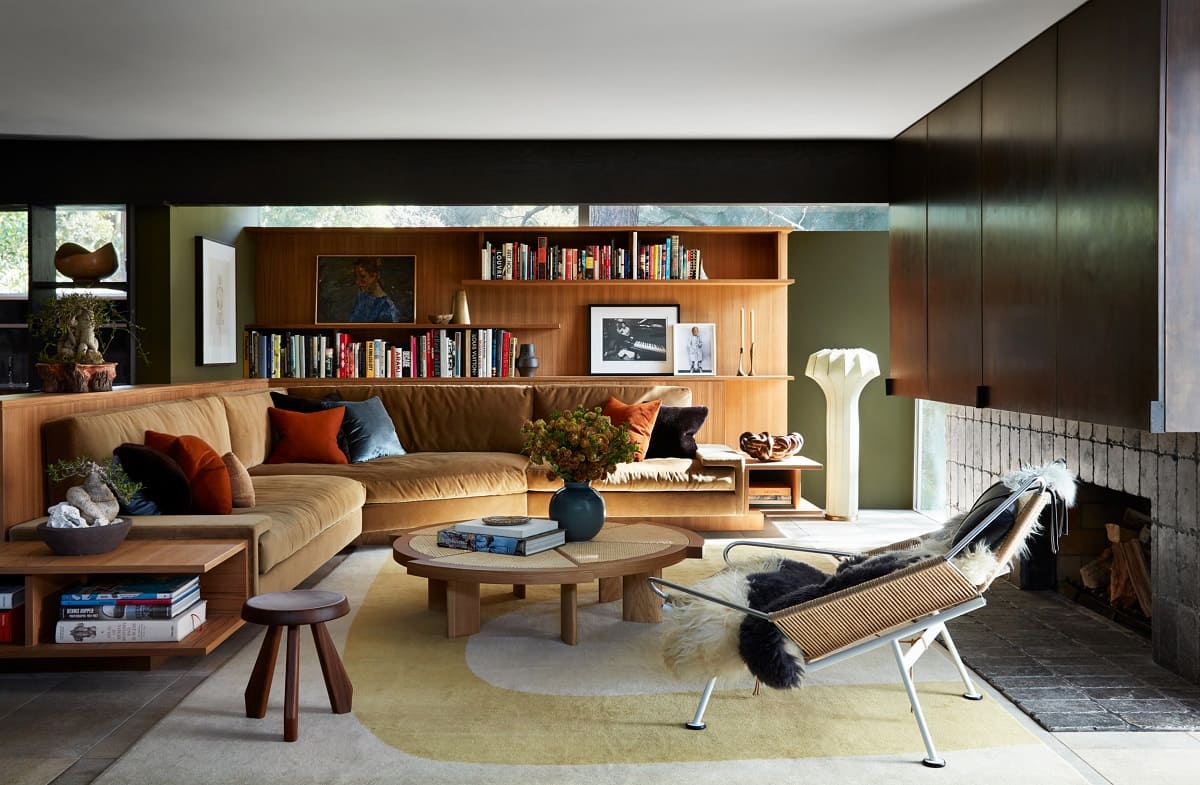
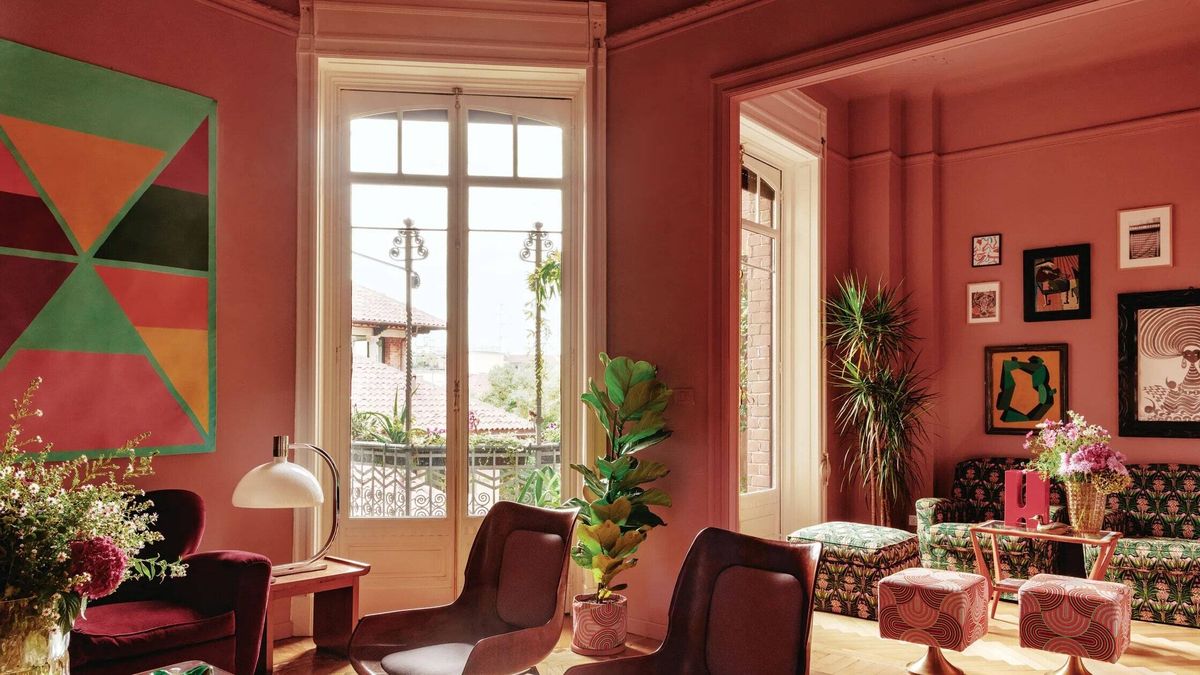
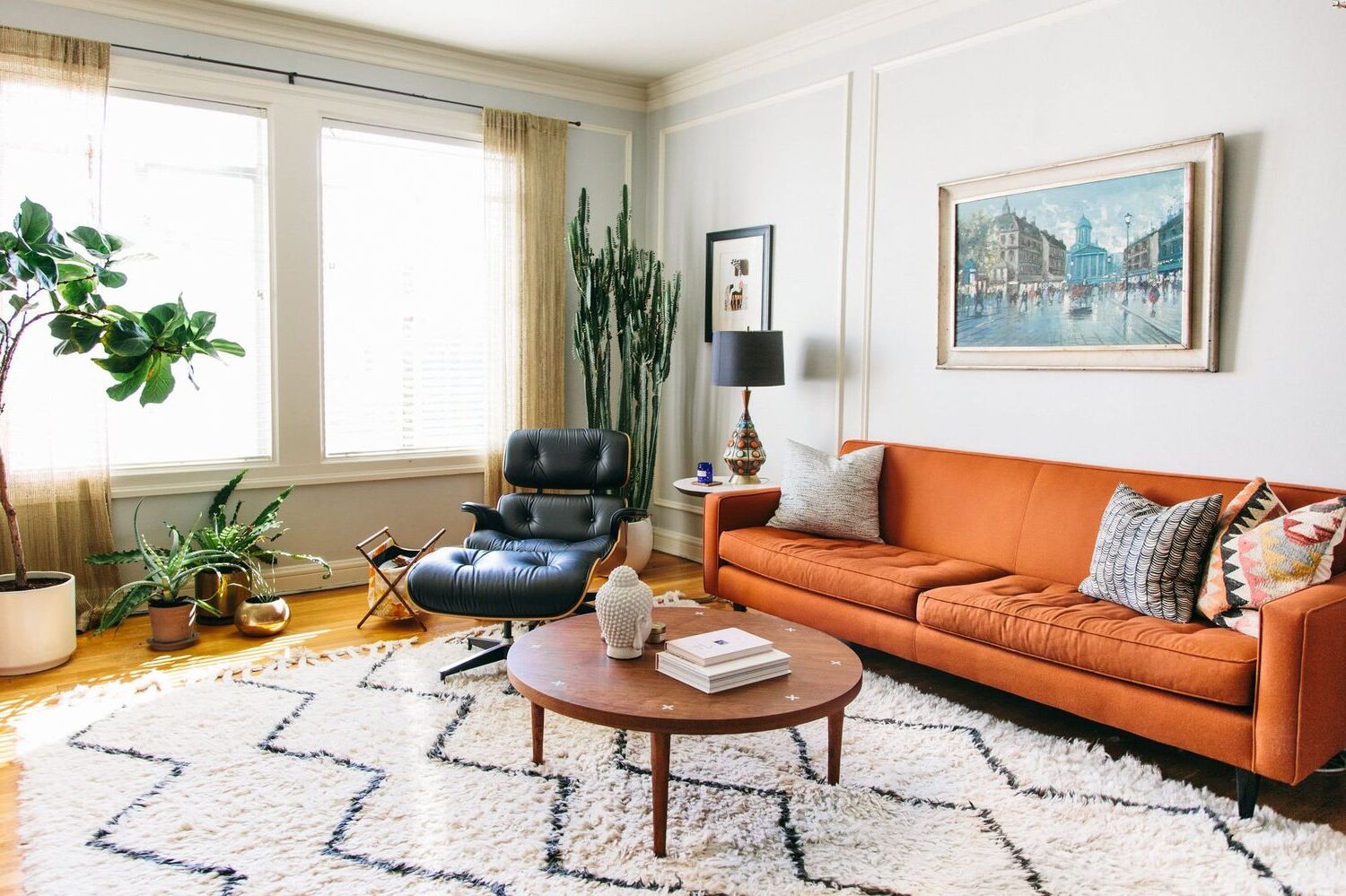
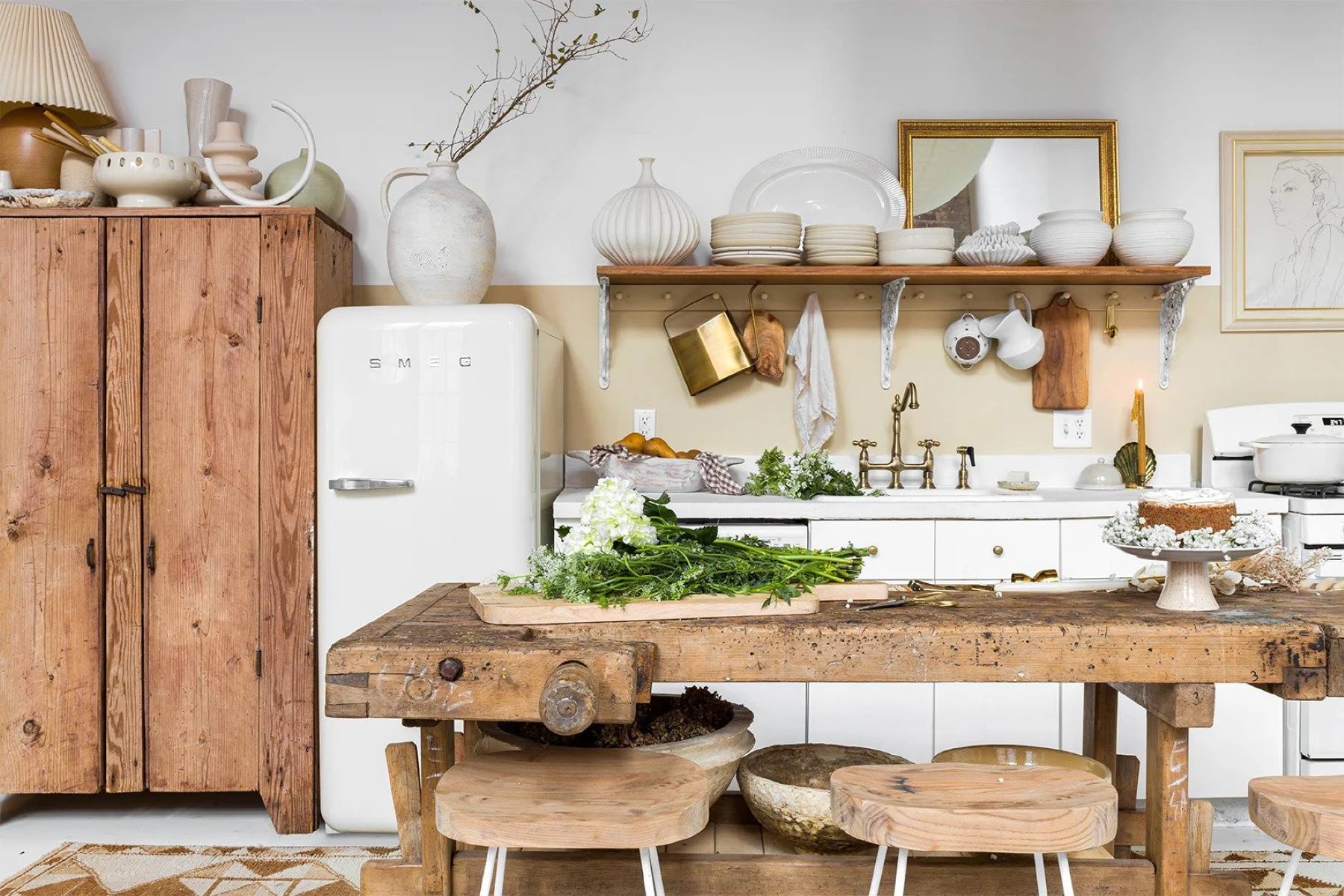
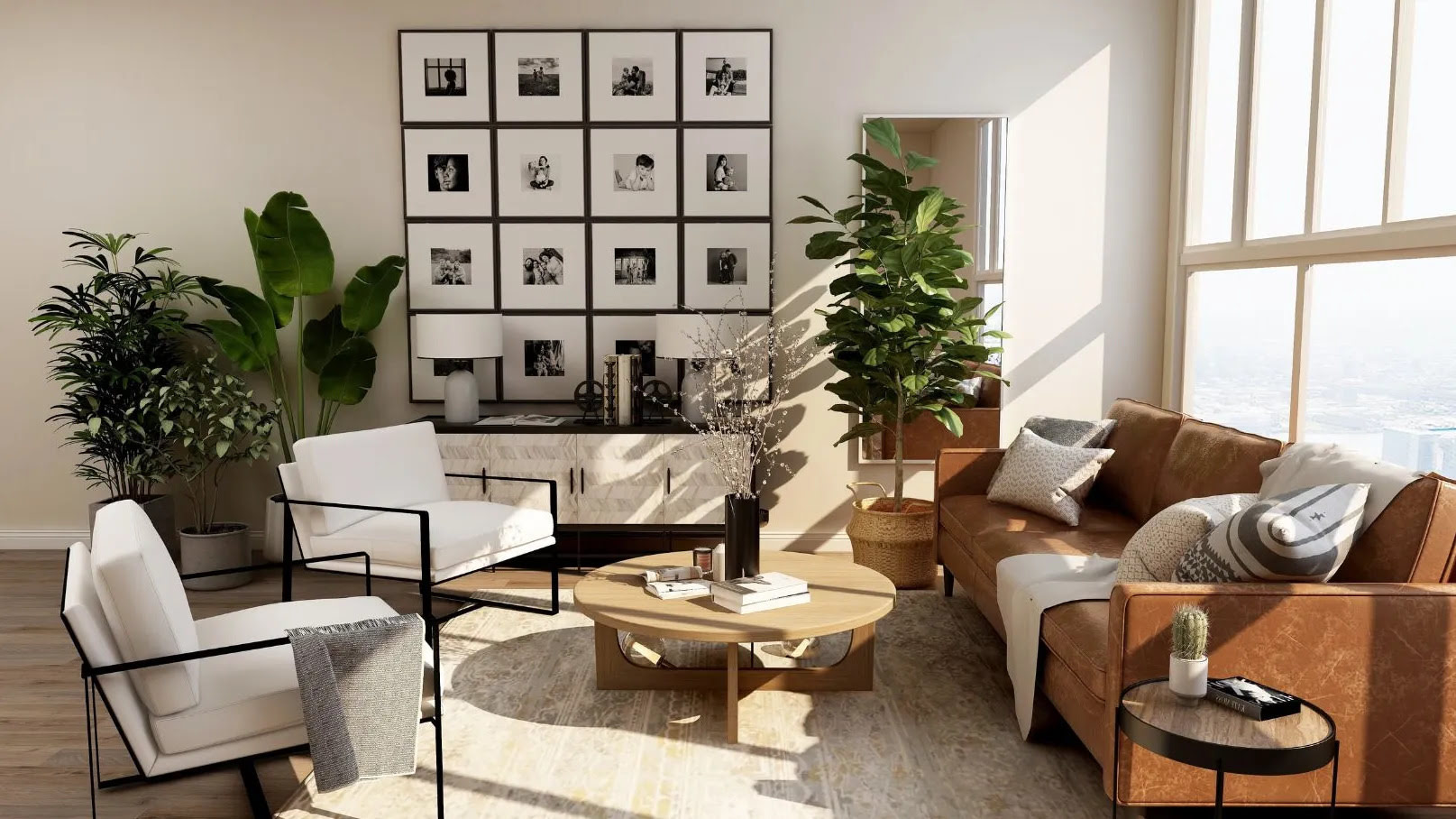
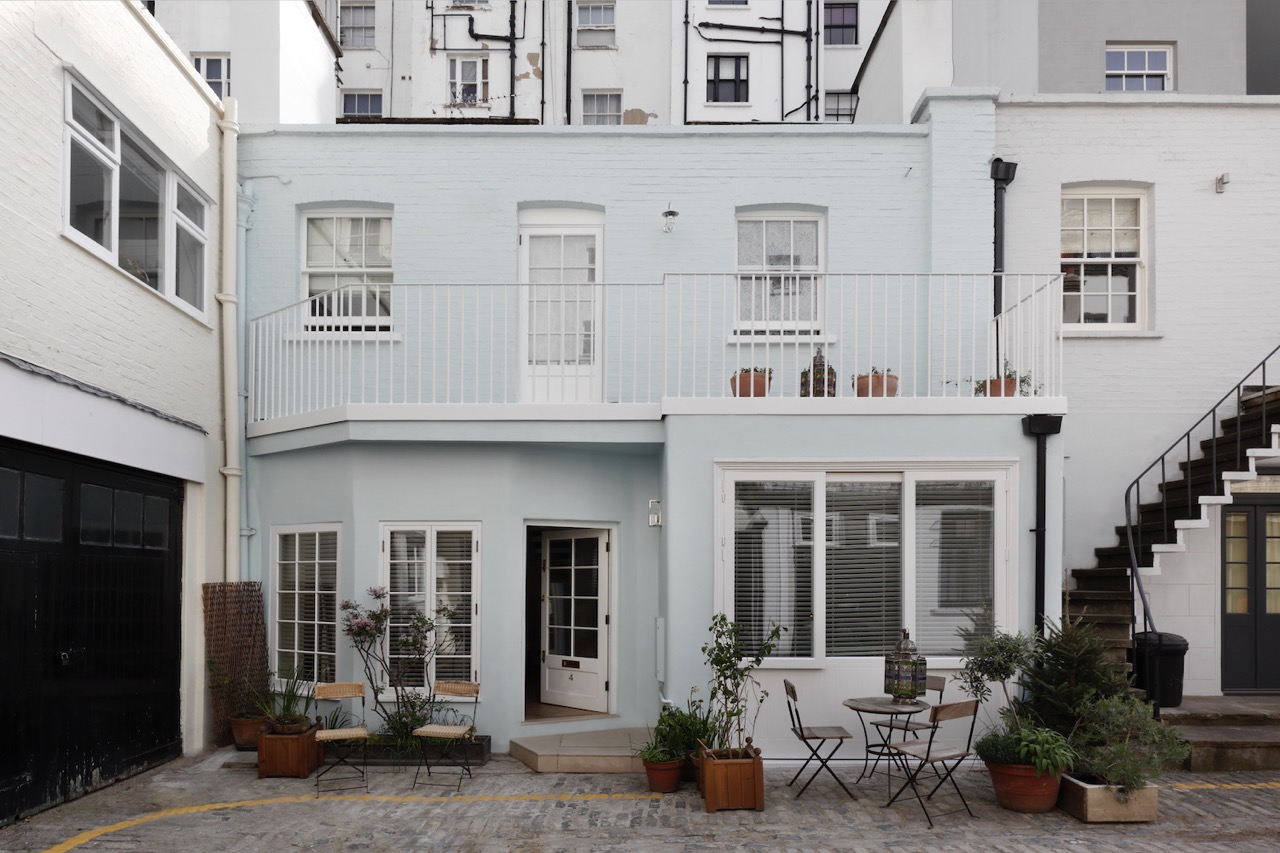
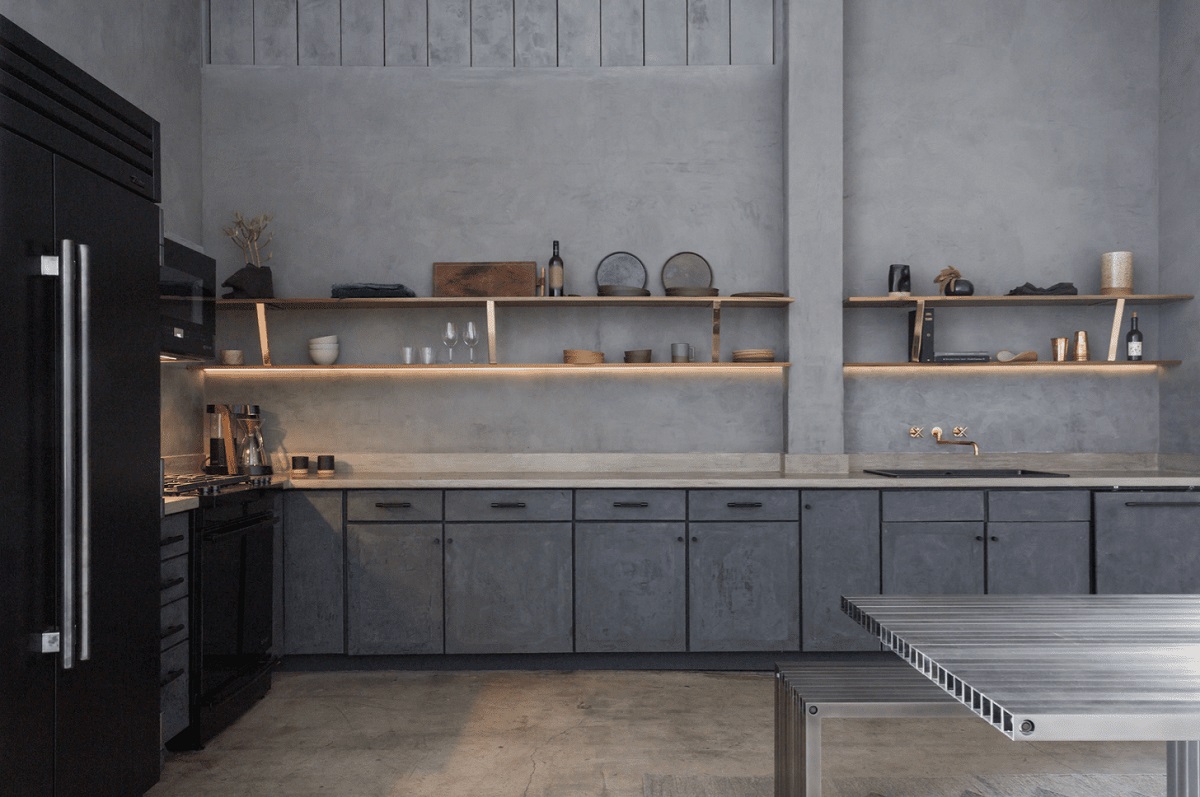
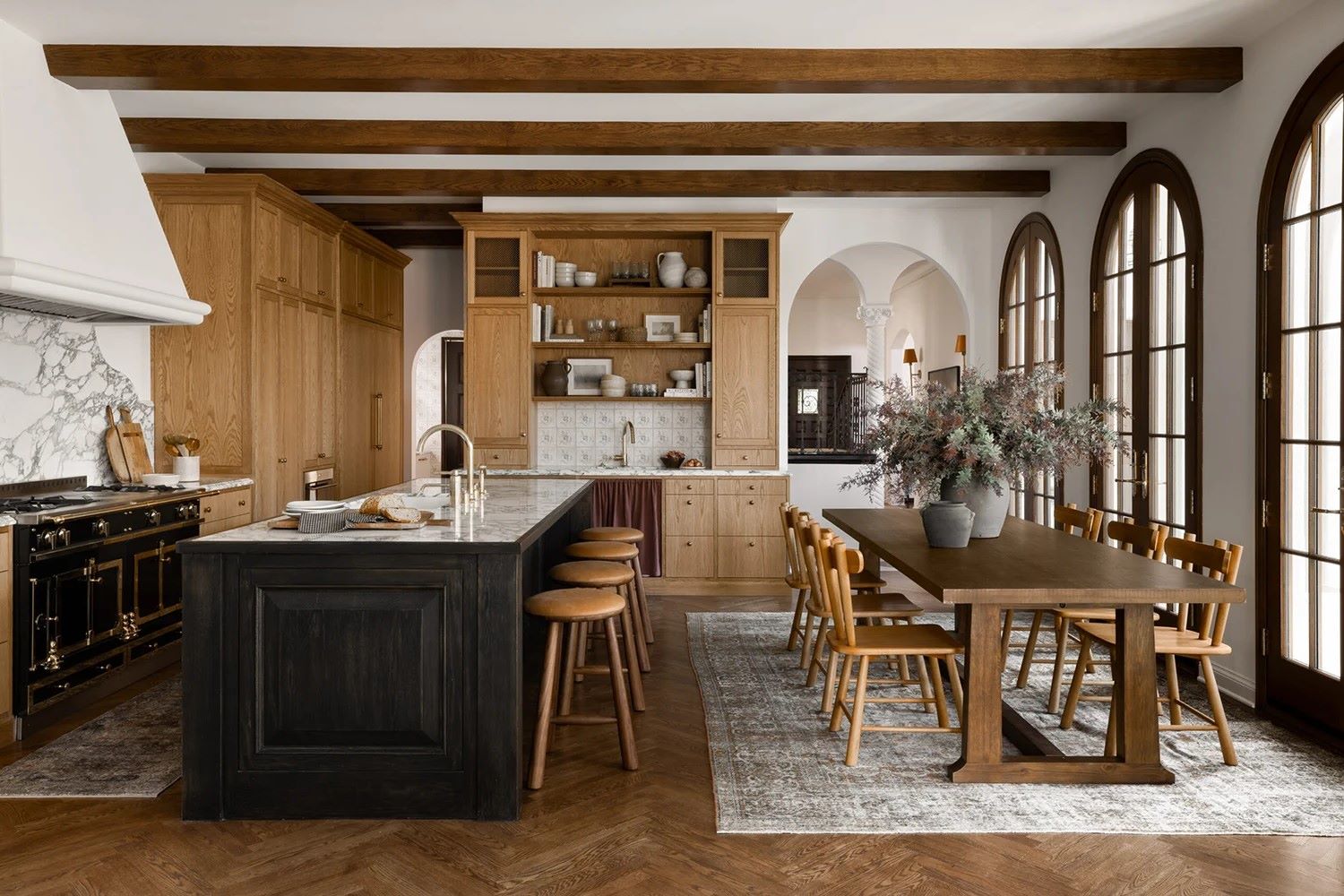
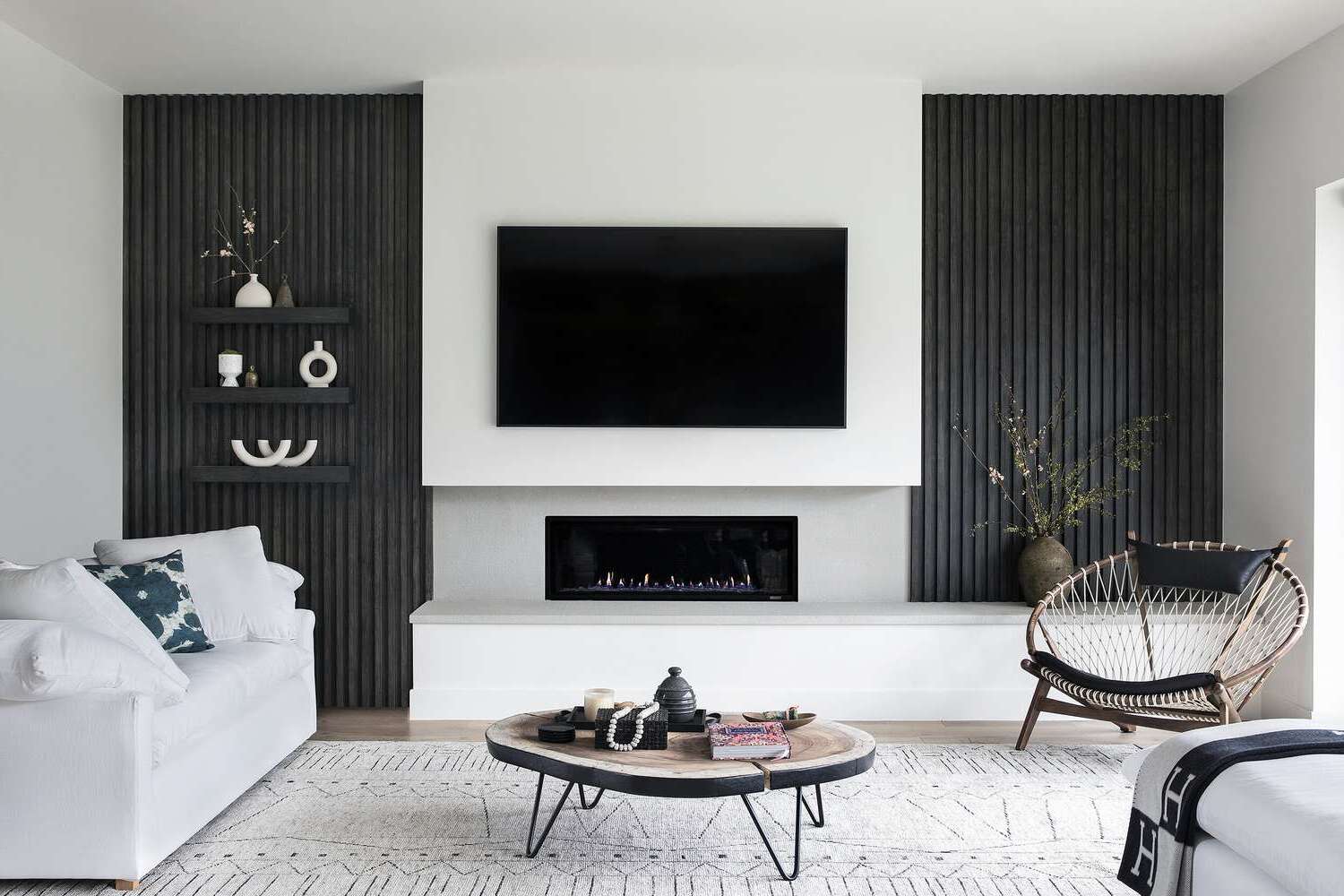
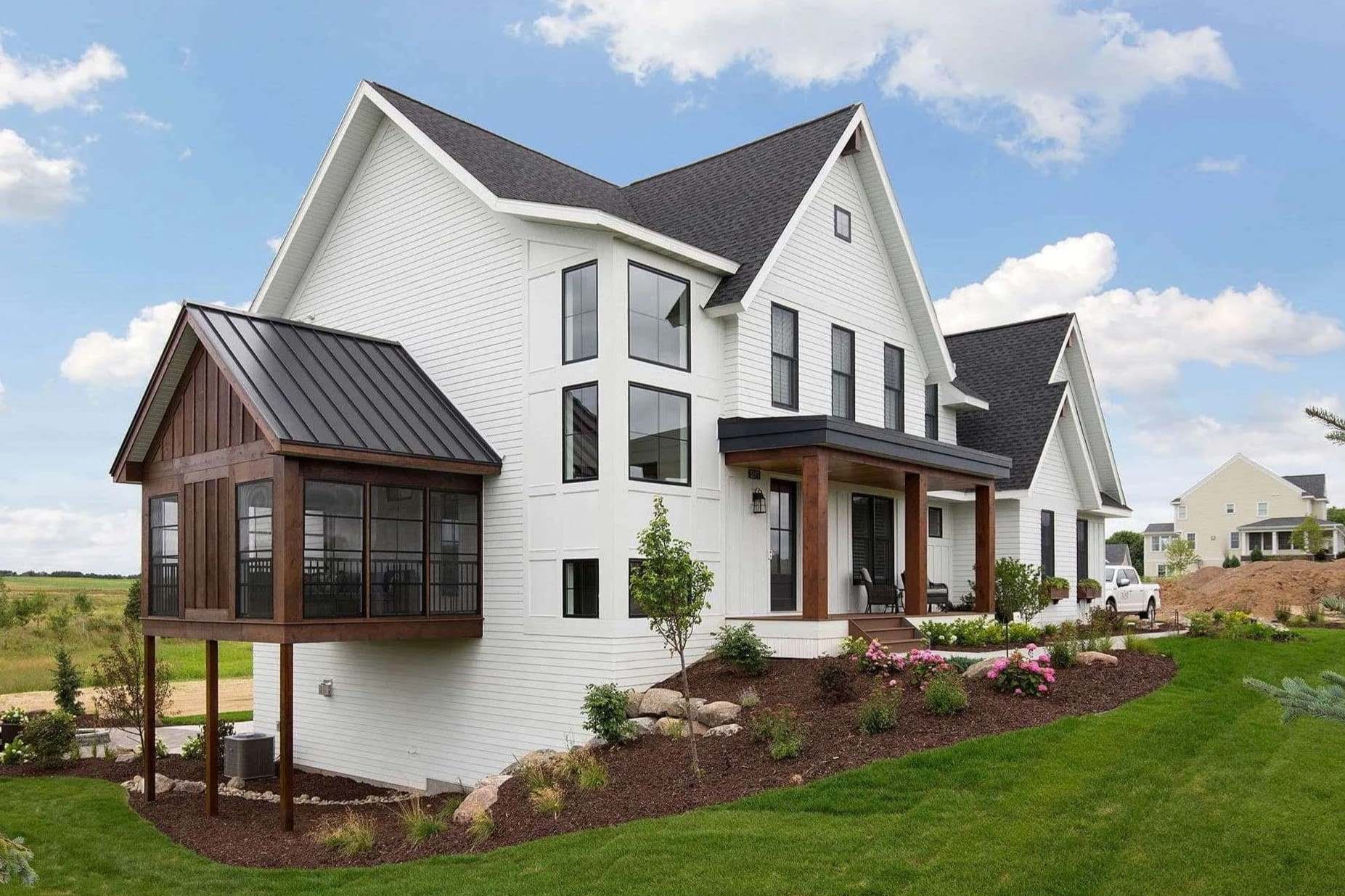

0 thoughts on “How To Design A Modern Rental House”